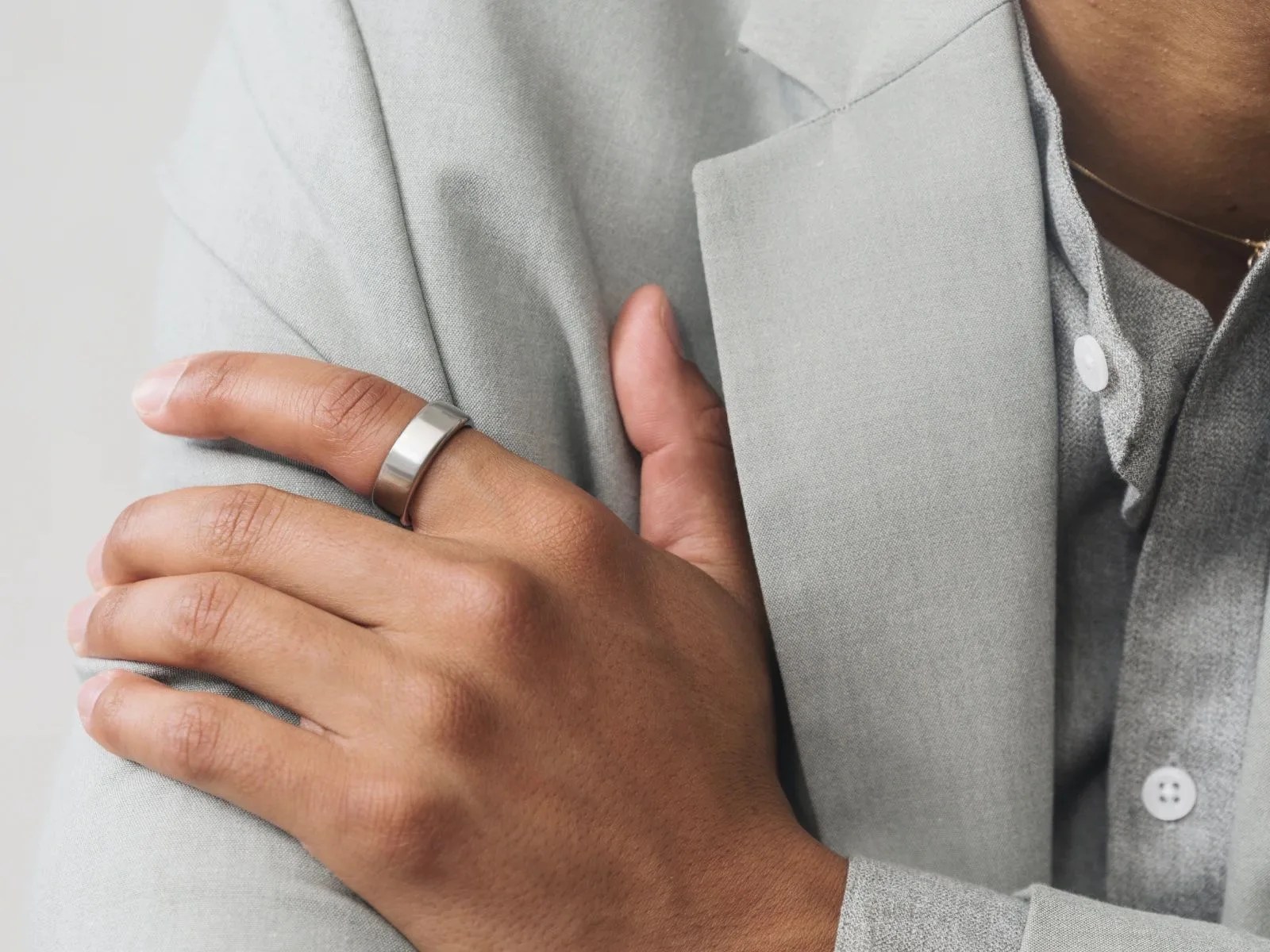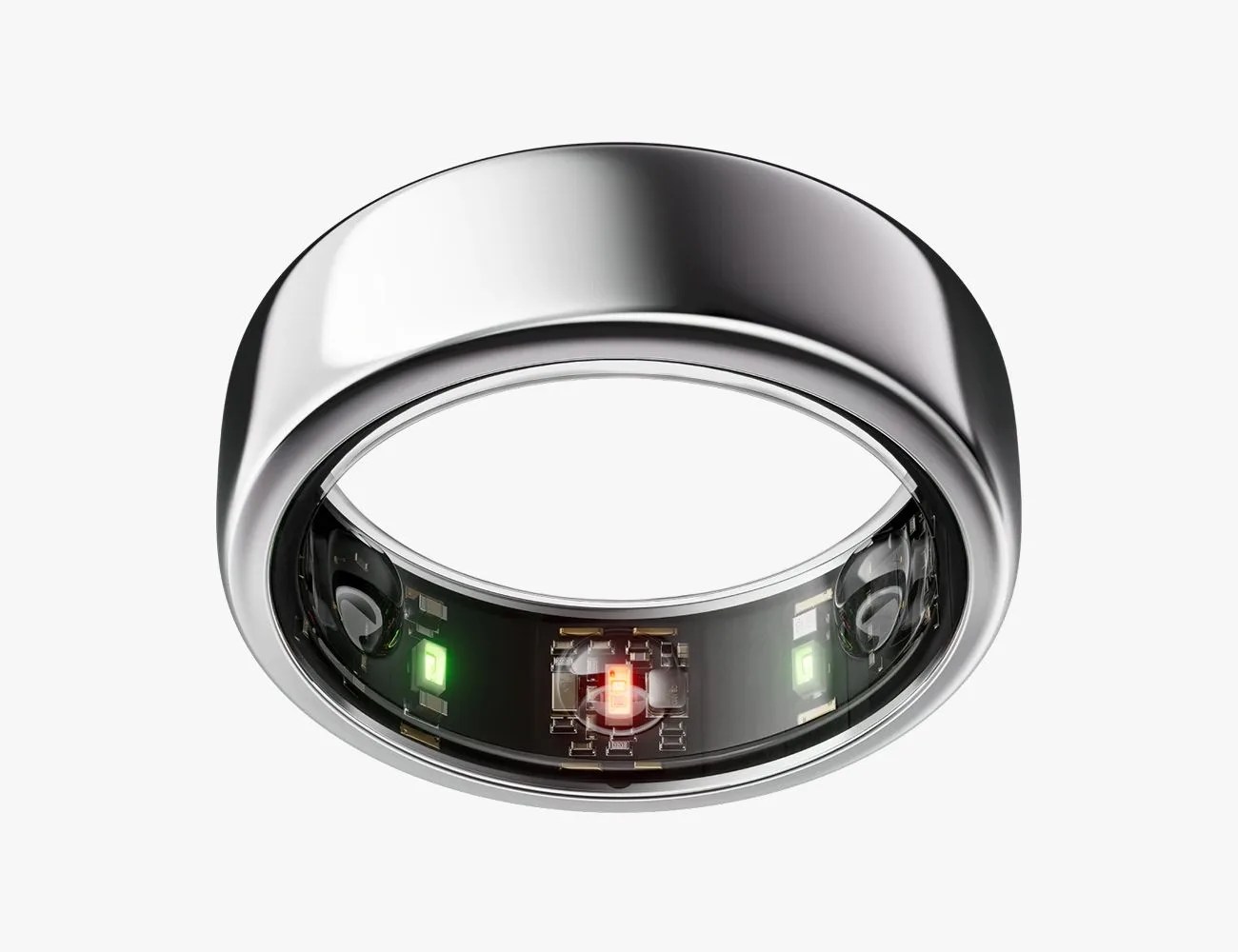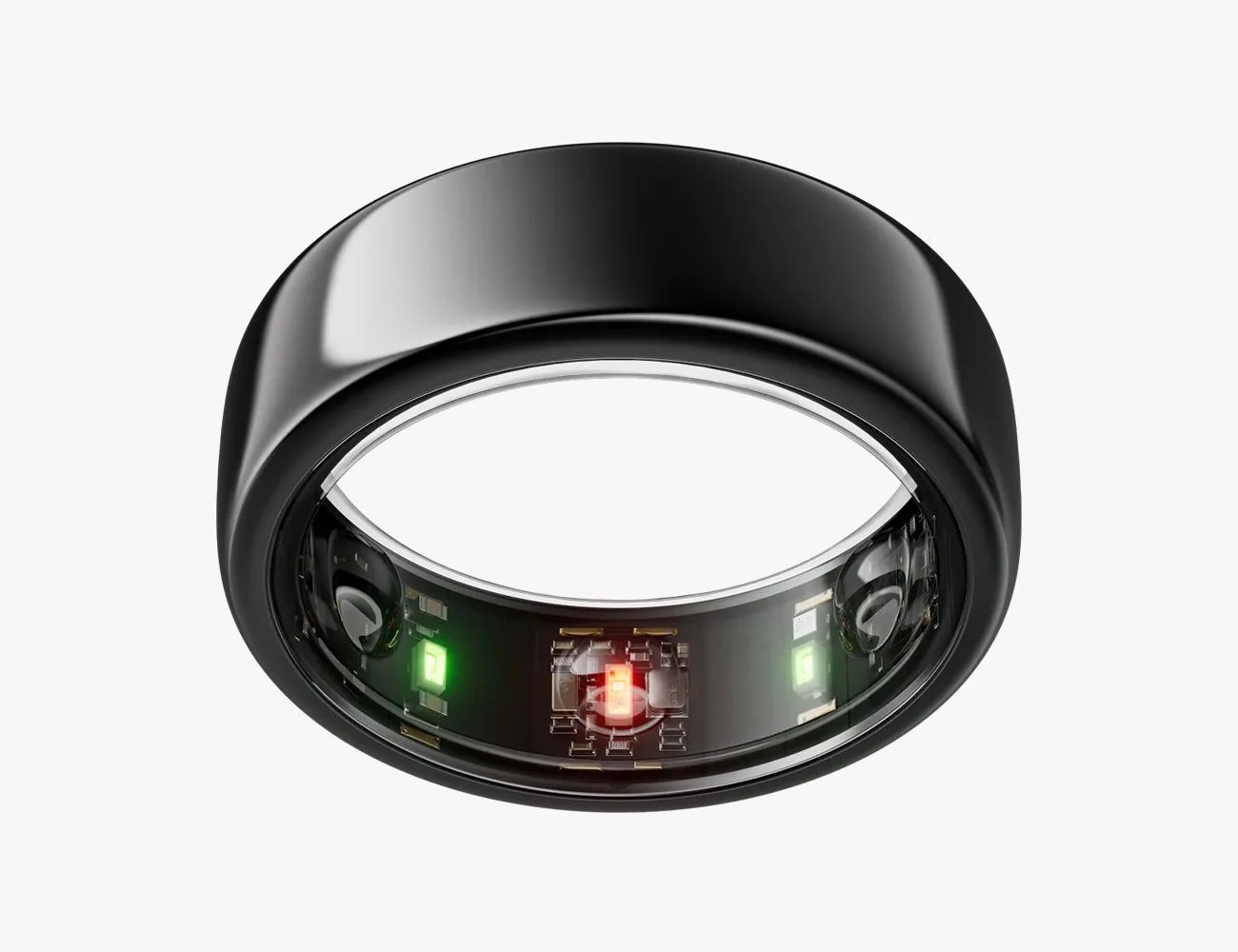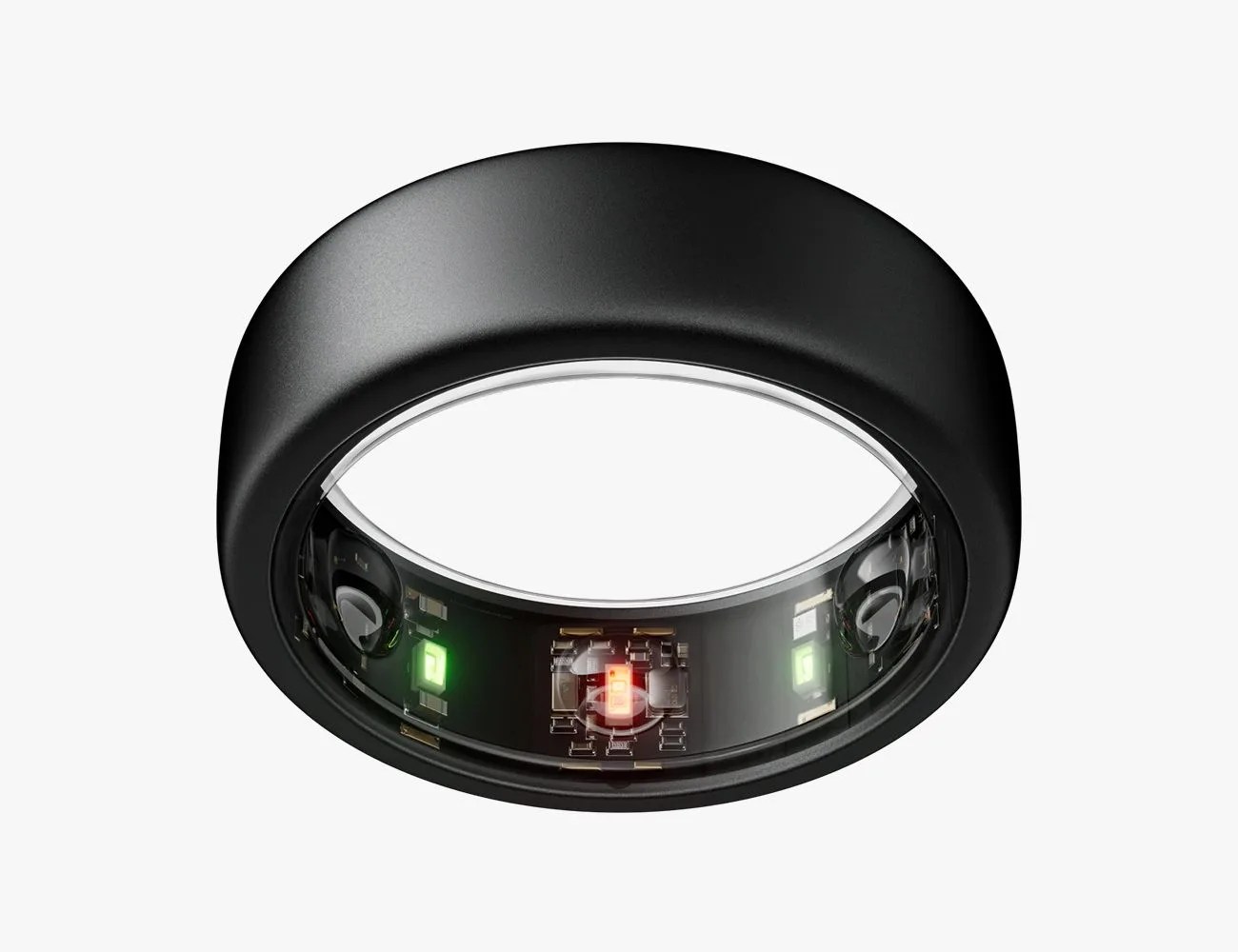There are lots of wellness wearables out there: the Apple Watch (and Apple Watch Ultra), the Fitbit, Samsung’s Galaxy Watch and, of course, the Oura Ring. Each one is as much an accessory — like jewelry — as it is a tiny tech-embedded device capable of providing you status updates on your body’s inner engine.
Few are as small as the Oura Ring, though. (The new Apple Watch Ultra is huge.) The wedding band-sized device monitors a number of metrics — heart rate, body temperature, oxygen levels and broader movement — to calculate three daily scores: Sleep, Activity and Readiness. In tandem, they provide an assessment of how you’re sleeping, performing and responding to stress, but also whether you’re working out or resting enough, whether your period is coming or whether your diet (cups of coffee included) is impacting your body’s natural cycle. It’s your own $349 comprehensive health consultant.
Products in the Guide
The problem, though, at least for folks who want it to blend in with their everyday lives, is that the ring has never been very subtle. The original design, the Oura Heritage, had a flat edge that always needed to face up in order to properly read your body’s outputs. As such, it always looked like an Oura Ring, which wasn’t a bad thing for folks who didn’t care how it looked but deterred fashionable folks who cared about its form (and wished to replace a more traditional band with the tech-infused accessory).
Now, though, the Oura Ring finally looks like a regular ring. The new Horizon design is completely round, forgoing the flat edge in favor of tech that can read your body no matter how the device is positioned. Sure, being against the flat edge is a petty complaint, especially since it was a mere matter of aesthetics. But now the Oura Ring is much more like the analog product it set out to emulate, albeit with just as much tech as before.
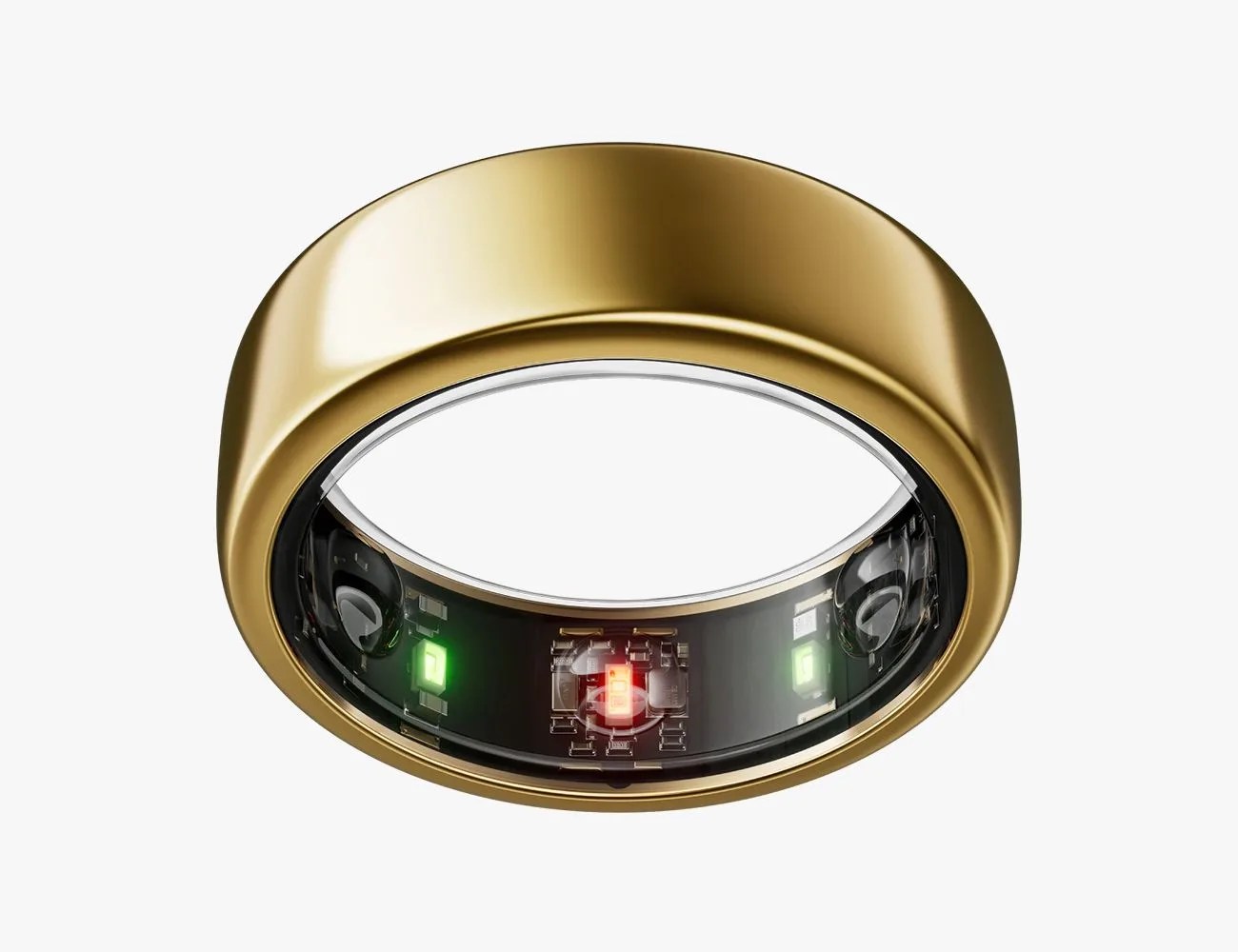 Oura Ring
Oura RingOura Ring Gen3 (Gold)
The gold ring is the most expensive (for obvious reasons): $499.
